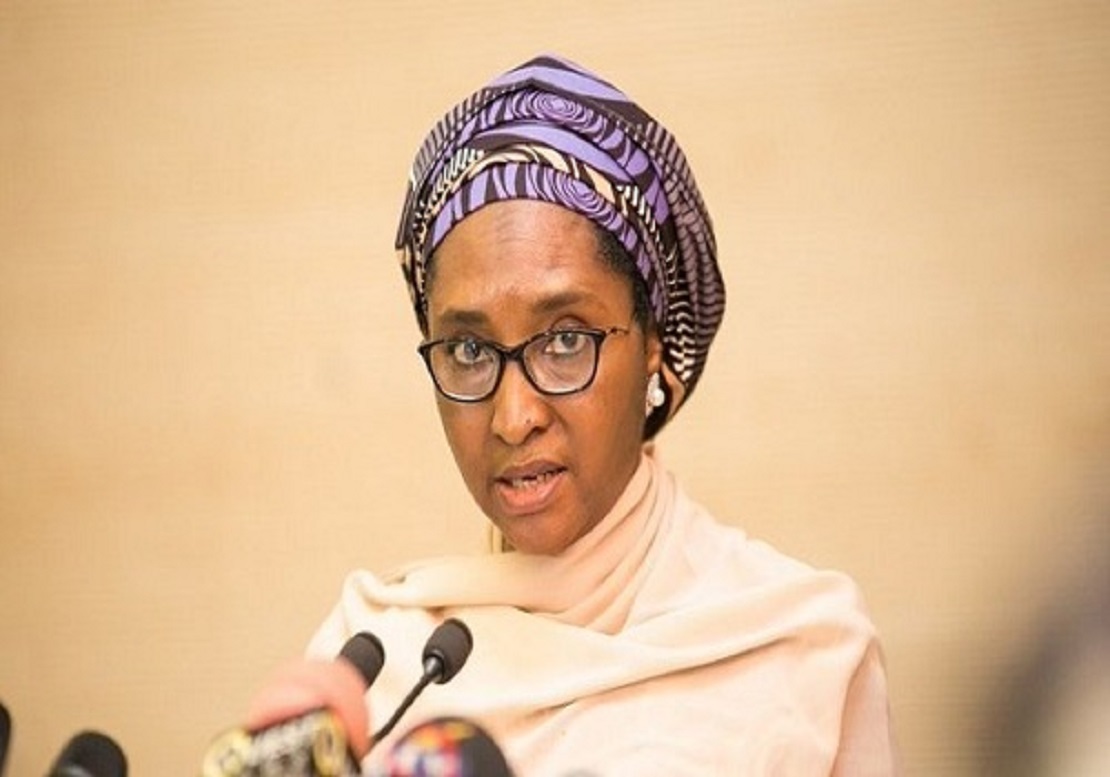The real Gross Domestic Product (GDP) of Nigeria is expected to reach $12 trillion by 2050, according to the Federal Government.
The government intends to increase per capita income to $33,000 annually between now and 2050.
The amount of money made per person in a country is expressed as per capita income. The average per-person income for a region is calculated using per capita income, which is also used to assess the population’s standard of living and quality of life.
At the unveiling of the National Plan on Financing Safe Schools in Abuja, Minister of Finance, Budget, and National Planning Mrs. Zainab Ahmed made these disclosures.
These goals, according to her, are part of the government’s development plan called “Agenda 2050,” which is currently being readied for release.
The development agenda, also referred to as the development plan, “focuses on achieving inclusive growth through the implementation of the long-term economic transformation blueprint aimed at mitigating our current developmental challenges and achieving the upper middle-income country status,” according to Ahmed.
She stated that the development strategy aims for “an average real GDP growth rate of 7%, a GDP of around US$12 trillion by 2050, and an end period per capita income of US$33,000 per year.”
These ambitious goals, according to her, “may only be realized if all crucial stakeholders work together to establish safer teaching and learning environments throughout Nigeria through vital intervention investments as captured in the validated costed plans of action.”
“Investments in a crucial element of human capital, such as education, will have a significant impact on the economic growth and wellbeing of Nigerians,” the finance minister continued.
Ahmed promised that the government will assist the necessary funding for the defense of education against assaults. These obligations, according to her, were integrated into the creation of the National Plan.
The Federal Ministry of Education, the Nigeria Police Force, the Nigerian Security and Civil Defense Corps (NSCDC), the Department of State Security (DSS), and Defense Headquarters were among the participants (Army, Navy and Air Force).
The 36 States and the Federal Capital Territory, as well as the Ministries of Education, Finance, and Budget, as well as development partners, donor agencies, and civil society organizations, all contributed.



